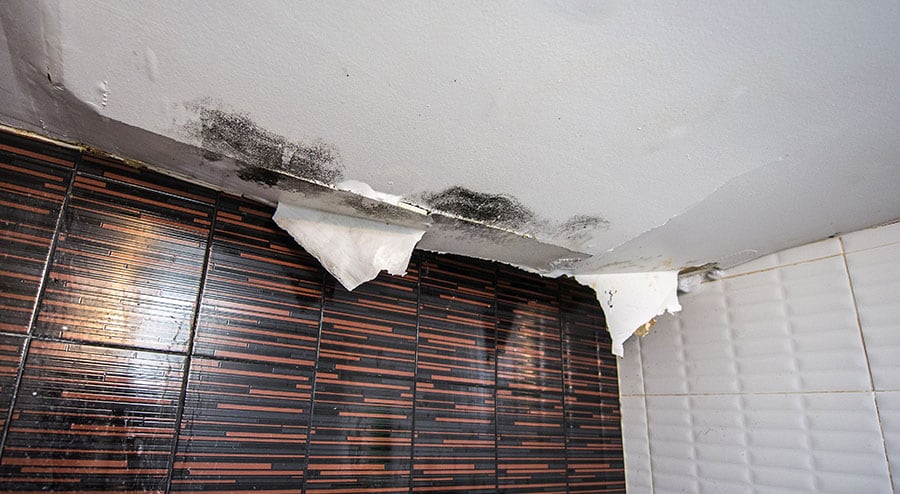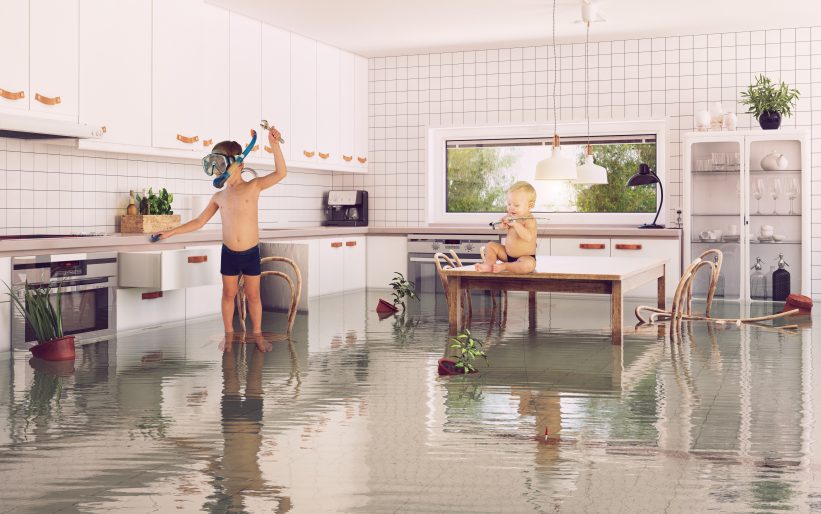We have noticed this great article relating to 5 Home Safety Tips To Reduce The Risk Of Fire And Water Damage down the page on the net and concluded it made sense to relate it with you in this article.

Though water offers life, water breach on parts where it's not expected to be can lead to damage. If the water saturates right into your framework, it can peel away surfaces and also deteriorate the foundation. Mold and mildew and also mildew additionally grow in a damp setting, which can be hazardous for your health. Residences with water damage scent mildewy and also old.
Water can originate from lots of sources such as tropical cyclones, floods, ruptured pipes, leakages, and sewer concerns. In case you experience water damage, it would be excellent to understand some security precautions. Below are a few standards on how to take care of water damage.
Do Prioritize House Insurance Insurance Coverage
Water damage from flooding dues to hefty winds is seasonal. You can additionally experience an abrupt flood when a defective pipe instantly breaks into your home. It would certainly be best to have house insurance that covers both disasters such as natural disasters, and emergency situations like damaged plumbing.
Do Not Fail To Remember to Turn Off Energies
In case of a calamity, especially if you reside in a flood-prone location, it would certainly be a good idea to shut off the primary electric circuit. This cuts off power to your entire house, stopping electric shocks when water can be found in as it is a conductor. Additionally, don't neglect to switch off the main water line shutoff. When floodwaters are high, furnishings will walk around and also cause damages. Having the major shutoff shut off prevents further damage.
Do Keep Proactive as well as Heed Weather Condition Alerts
Listen to discharge cautions if you live near a river, creek, or lake . Doing so decreases possible residential property damage.
Do Not Neglect the Roof
You can stay clear of rainfall damages if there are no openings and also leakages in your roofing. This will avoid water from moving down your wall surfaces as well as soaking your ceiling.
Do Pay Attention to Small Leakages
A burst pipe doesn't happen over night. Normally, there are red flags that show you have actually compromised pipelines in your house. For instance, you might see bubbling paint, peeling off wallpaper, water touches, water stains, or leaking noises behind the wall surfaces. At some point, this pipeline will certainly break. Ideally, you should not wait for things to intensify. Have your plumbing repaired before it results in huge damage.
Do Not Panic in Case of a Ruptured Pipe
Keeping your clearheadedness is crucial in a time of situation. Stressing will only worsen the issue because it will certainly stifle you from acting quickly. Timing is key when it comes to water damage. The longer you wait, the even more damage you can anticipate. Thus, if a pipeline bursts in your residence, promptly shut off your primary water shutoff to cut off the source. Then disconnect all electric outlets in the area or shut off the breaker for that part of the house. Lastly, call a trusted water damage remediation specialist for assistance.
Water offers life, water invasion on parts where it's not intended to be can result in damage. Residences with water damage scent old as well as musty.
Water damages from flood fees to heavy winds is seasonal. You may notice bubbling paint, peeling off wallpaper, water streaks, water discolorations, or dripping noises behind the walls. When it comes to water damages, timing is key.
Are Water Mitigation and Water Damage Restoration the Same Thing?
When are Water Mitigation Services Needed?
Water intrusion can come from small sources like a dishwasher leak or larger ones like rainwater causing inches of standing water in a basement. Other instances of damage that call for water mitigation services include:
Sewer backup, sump pump failure, or clogged toilets Toilet wax seal failure Shower pan corrosion Pipe leaks and ruptures Washer or icemaker line breaks HVAC drain line blockage A leaking roof Moisture behind walls Foundation cracks Mold Mold is a good example to illustrate how water mitigation works. We’ve often found that clients we do mold remediation services for had existing water damage issues that ended up leading to the mold damage. When performing water mitigation we look for what’s causing the water problem and for ways to stop mold before it multiplies and becomes a bigger concern.
Are You Currently Experiencing a Water Disaster?
If you’re in the middle of a water intrusion disaster, here are some important dos and don’ts to follow:
Don’ts:
Safety first! Do not enter a room with standing water until the electricity has been turned off! A regular household vacuum should never be used to pick up water. Never use electrical appliance if standing on a wet floor or carpet. Leave visible mold alone. Dos:
Call a water mitigation professional as soon as possible. Mold and other damage can begin within hours of a water intrusion. Mop and blot up as much water as possible. Remove non-attached floor coverings and mats but leave wall-to-wall carpeting removal to a pro. If there are window coverings like draperies that touch the water, loop them through a hanger and put them up on the rod. Remove wet cushions to dry and wipe down soaked furniture. Move valuables like paintings, photos, and art objects to a dry location. Books should be left tightly packed on shelves until it’s determined if they need specialized drying. Prop open closets, cabinets, and drawers to allow them to air out. https://cfrsfl.com/blog/are-water-mitigation-and-water-damage-restoration-the-same-thing/

Do you really like reading up on What You Can Do At Home To Prevent Fire And Water Damage? Post a comment directly below. We would be pleased to see your reactions about this piece. Hoping that you come back again in the near future. Appreciated our piece? Please share it. Help other people find it. Thanks a lot for your time spent reading it.